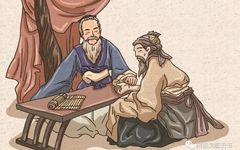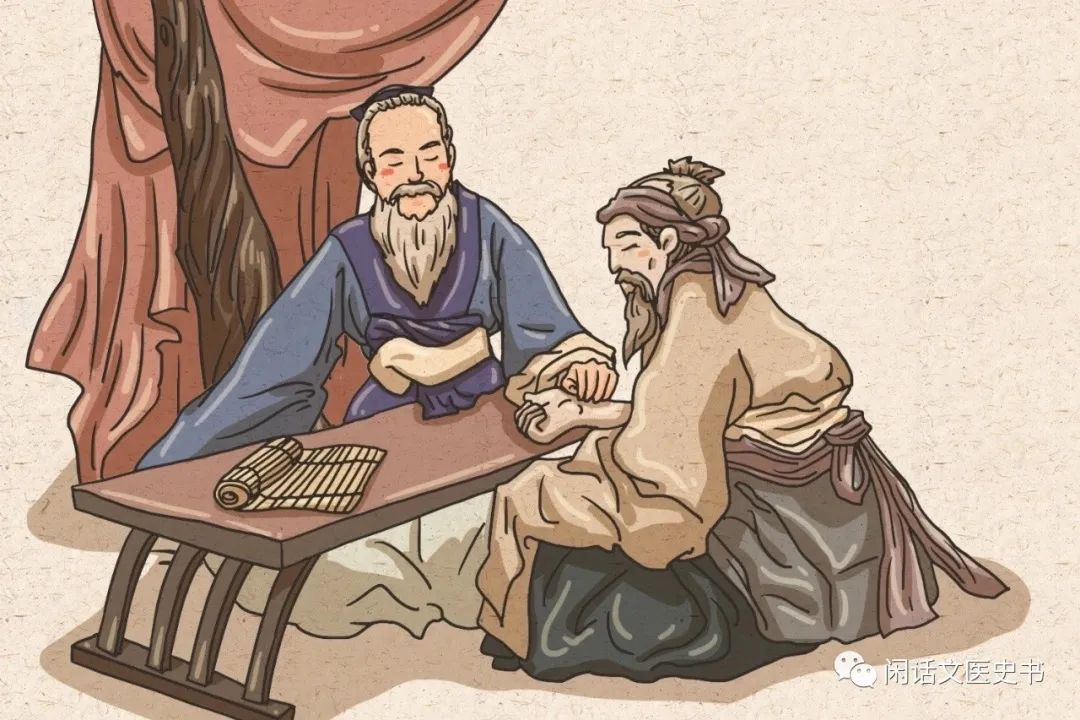
Deficiency refers to the deficiency of Zheng Qi (正气), while excess refers to the presence of Xie Qi (邪气). The body can be weak due to Qi deficiency (气虚), Blood deficiency (血虚), Yin deficiency (阴虚), or Yang deficiency (阳虚). Excess conditions can arise from external pathogens such as the six excesses: wind, cold, heat, dampness, dryness, and fire, or from internal emotional disturbances, known as the seven emotions: joy, anger, worry, thought, sadness, fear, and shock. How can we replenish the body when it is weak? To make it easier to remember, I have summarized it in sixteen characters: Qi deficiency is replenished with Qi, Blood deficiency with Blood, Yin deficiency with Yin, and Yang deficiency with Yang. How do we know if there is Qi deficiency, Blood deficiency, Yin deficiency, or Yang deficiency? Traditional Chinese Medicine (TCM) primarily diagnoses through pulse, tongue coating, and symptoms.

Qi deficiency
Qi deficiency is characterized by a weak pulse, a pale red tongue with tooth marks on the edges, and the person feels generally weak. The main herbs used for treatment are Huang Qi (黄芪, Astragalus) and Dang Shen (党参, Codonopsis), which can be cooked with old hen for soup. The herbal formula used is Si Jun Zi Tang (四君子汤, Four Gentlemen Decoction). Blood deficiency is indicated by a hollow pulse, which feels empty when palpated, resembling the hollow structure of a green onion. The tongue is pale red with a thin white coating. Symptoms include dizziness and poor sleep. Common foods include longan flesh, jujube, and lotus seeds cooked in soup. The herbal formula used is Si Wu Tang (四物汤, Four Substance Decoction). Yin deficiency is characterized by a thin and weak pulse, a red tongue without coating, and symptoms of heat in the palms and soles, known as the five hearts heat (五心烦热). Foods that can be used include turtle and soft-shelled turtle soup. The herbal formulas include Zhi Bai Di Huang Wan (知柏地黄丸, Anemarrhena and Rehmannia Pill) or Da Bu Yin Wan (大补阴丸, Great Tonifying Yin Pill). Yang deficiency is indicated by a slow and weak pulse, a pale red tongue with a white and moist coating, and the main symptom is a fear of cold. Foods that can be consumed include beef, lamb, deer antler, deer blood, and venison. The herbal formulas include Jin Gui Shen Qi Wan (金匮肾气丸, Kidney Qi Pill) and You Gui Wan (右归丸, Right Return Pill). Among patients with deficiency of Qi, Blood, Yin, and Yang, Qi and Blood deficiency is the most common, which can be treated with Ba Zhen Gao (八珍糕, Eight Treasures Cake) and Ba Zhen Ke Li (八珍颗粒, Eight Treasures Granules).

External pathogens primarily manifest as colds, which can be categorized into wind-cold, wind-heat, wind-damp, and summer-damp colds, treated respectively with Tong Xuan Li Fei Wan (通宣理肺丸, Unblock and Regulate Lung Pill), Yin Qiao Jie Du Wan (银翘解毒丸, Silver Willow Detox Pill), Qiang Huo Sheng Shi Tang (羌活胜湿汤, Qiang Huo for Dampness Decoction), and Huo Xiang Zheng Qi Wan (藿香正气丸, Agastache for Correcting Qi Pill). Internal injuries from emotional disturbances can lead to Qi stagnation and Blood stasis. If anger causes Qi stagnation and Blood stasis, Xue Fu Zhu Yu Tang (血府逐瘀汤, Blood Mansion Invigorating Blood Decoction) can be used; if depression leads to Liver Qi stagnation and Spleen deficiency, Xiao Yao Wan (逍遥丸, Free and Easy Wanderer Pill) is appropriate; if Liver fire flares up, Long Dan Cao Xie Gan Wan (龙胆泻肝丸, Gentiana Drain the Liver Pill) can be used.
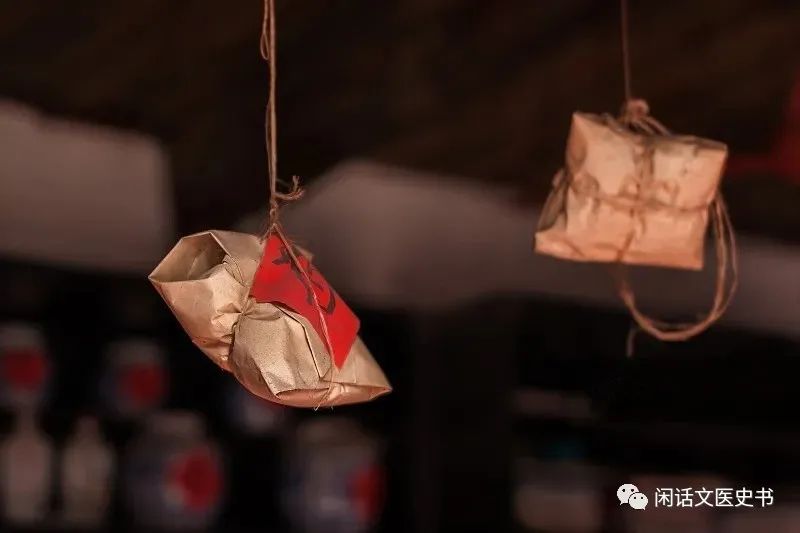
Phlegm and Blood stasis in TCM is often referred to as “strange diseases attributed to phlegm and blood stasis.” These are both causes and pathological products, belonging to the category of excess conditions, and should be treated by the method of draining excess. The so-called strange diseases refer to difficult-to-treat conditions. In our hospital, we treat patients with blood diseases and cancers daily, which are considered difficult cases. We apply traditional TCM treatment methods combined with modern high-tech pharmacological research on Chinese medicine to select herbal treatments. This method of both differentiating syndromes and diseases has cured many people across the country, including patients abandoned by major hospitals. Why can we achieve such good results? It is the combination of philosophical thinking and scientific thinking. Particularly, philosophical thinking teaches us that a headache does not necessarily require treating the head, a foot pain does not necessarily require treating the foot, and cancer does not necessarily require treating cancer alone, but rather addressing the root cause of the disease. Only by resolving the root cause can we prevent the recurrence of adverse outcomes, leading to miraculous cures or long-term survival with diseases. For example, Xu Lirang, a 58-year-old man from Gaoqing County, Shandong Province, was cured of myelodysplastic syndrome after taking Chinese medicine in our hospital in 1996 and is now 93 years old and self-sufficient. Professor Li Rengui, a 78-year-old woman from East China University, was diagnosed with acute transformation of chronic lymphocytic leukemia in October 2008, with a prognosis of less than six months to live. After taking Chinese medicine, her blood tests returned to normal two years later, and she is now 91 years old.
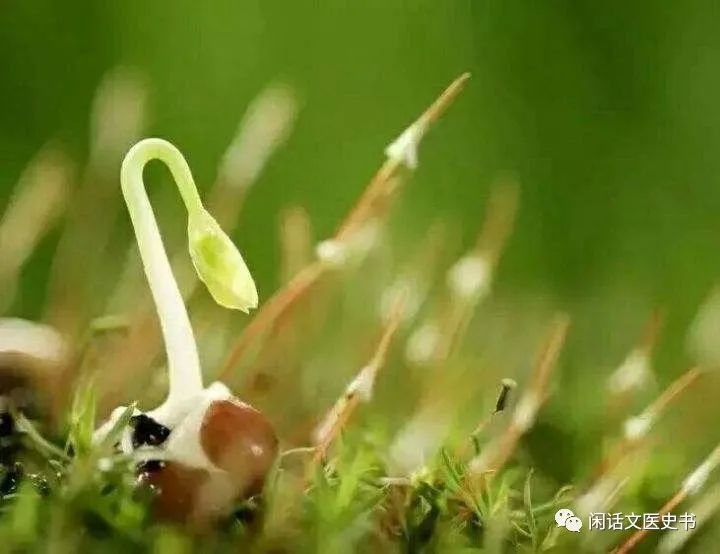
Now, the explanation of “strange diseases attributed to phlegm and blood stasis” is as follows: Phlegm should include phlegm-dampness, phlegm-fluid, and phlegm-heat. Phlegm includes both visible and invisible types, with the latter being more prevalent. The invisible phlegm corresponds to Western medicine’s concepts of blood viscosity, high blood sugar, and hyperuricemia. In TCM pulse diagnosis, phlegm is often associated with a slippery pulse, which feels smooth under the fingers, similar to the smoothness of an abacus bead. On the tongue, phlegm-dampness appears as a thick white coating; phlegm-fluid appears as a moist white coating; and phlegm-heat appears as a thick yellow coating. Symptoms of phlegm-dampness include chest tightness and shortness of breath, and obesity. The representative formula for resolving phlegm is Er Chen Wan (二陈丸, Two Aged Decoction), and for resolving dampness, it is Ping Wei San (平胃散, Harmonizing the Stomach Powder). Symptoms of phlegm-fluid include dizziness and palpitations. Zhang Zhongjing stated, “For those with phlegm-fluid disease, warm herbs should be used to harmonize it,” represented by Ling Gui Zhu Gan Tang (苓桂术甘汤, Poria, Cinnamon, Atractylodes, and Licorice Decoction). Symptoms of phlegm-heat include cough with thick yellow phlegm and fullness in the chest and abdomen, treated with Qing Qi Hua Tan Wan (清气化痰丸, Clear Qi and Transform Phlegm Pill). Blood stasis has many manifestations, the most common being blood viscosity, such as the appearance of age spots on the face and arms, which can start as early as the 40s. If not controlled, it can lead to premature heart palpitations. Many people do not pay attention to these subtle changes, leading to premature death. Here are a few cases: during the May Day holiday in 2021, I was invited by a friend in Hunan to attend a wedding. I saw on my phone that a real estate boss in that area was hospitalized for insufficient myocardial blood supply and required hospitalization, but he did not take it seriously and unfortunately passed away at under 50 years old. The second case is a 56-year-old man near our hospital who had a stent placed in his heart and unfortunately passed away on December 12, 2020. The third case is a local director who died suddenly while jogging in the park at the age of 46 due to hypertension and obesity. There are many other similar cases that should raise our awareness.
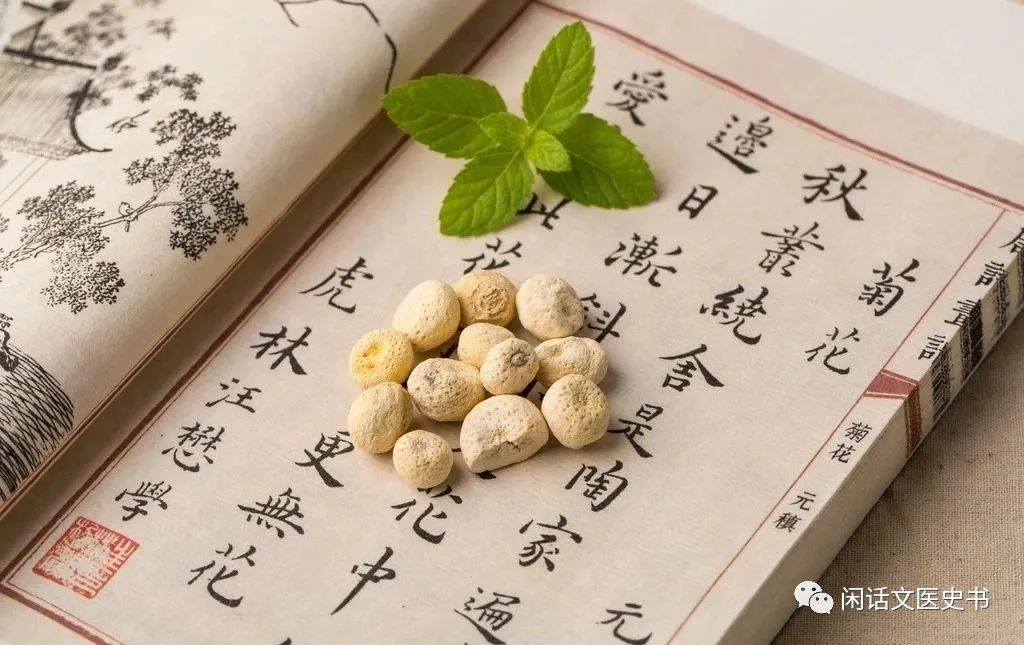
Prevention methods How can we prevent these unfortunate events? Now, let’s popularize some knowledge about TCM pulse diagnosis. During the heartbeat, if there is a pause, it can indicate premature beats in TCM. There are three types of premature beats: the first type is a very fast pulse with pauses, like a child running and suddenly falling, then getting up and running again; this pulse is called Cu Mai (促脉, Rapid Pulse) in TCM. The second type is a very slow pulse with pauses, like an elderly person who falls while walking and then gets up to walk again; this pulse is called Jie Mai (结脉, Knotted Pulse). Both Cu Mai and Jie Mai have irregular pauses, which are relatively less dangerous. The third type is a pulse with regular pauses, known as Dai Mai (代脉, Intermittent Pulse), which is a dangerous pulse. I have seen related materials indicating that such pulses can predict lifespan. If there is a pause every ten beats, the person may live for ten years; the shorter the interval, the shorter the lifespan. For older individuals, ten years is a long time, but for younger people, it is relatively short. Therefore, whether we are doctors or not, learning the simplest TCM pulse diagnosis is essential. First, check for pauses, then see if the pauses are regular, which is very dangerous; irregular pauses are less concerning. With this knowledge, we can check our own pulses as well as those of family and friends, preventing unnecessary tragedies. We often say that saving a life is more valuable than building a seven-story pagoda. This means that saving a life is worth more than constructing a seven-story building. If we save ten people, that is equivalent to a 70-story building; if we save 100 people, that is equivalent to a 700-story skyscraper. These numbers are metaphorical, indicating that human life is more precious than gold. For those who are economically well-off, it is essential to remain humble and treat others sincerely, and not to dismiss what doctors say. How can we prevent diseases caused by blood stasis? Here is a prescription: Dan Shen (丹参, Salvia), Shan Zha (山楂, Hawthorn), and honey, each 15 grams, boiled in a health pot and consumed in multiple doses. For high blood pressure, add Xia Ku Cao (夏枯草, Selfheal) and Luobu Ma (罗布麻, Rabdosia) and Jue Ming Zi (决明子, Cassia Seed), each 10 grams; for high blood sugar, add Ku Gua (苦瓜, Bitter Melon) and Gua Lou Gen (瓜蒌根, Trichosanthes Root), each 10 grams; for high uric acid, add Qin Cai Zi (芹菜籽, Celery Seed) and Kui Hua Pan (葵花盘, Sunflower Disk), each 10 grams. This prescription has preventive and therapeutic effects on the current “four high conditions.” I will give an example: a good friend of mine, five years younger than me, had many spots on his face and hands over ten years ago when he was under 50. I advised him on the above methods, and a few years later, when I saw him again, he looked much improved. I asked him how he maintained his health, and he said he followed my advice. Now, approaching 60, the spots on his face and arms have nearly disappeared, and he looks younger. To facilitate consumption and enhance treatment effects, we often choose wild Dan Shen (丹参, Salvia) combined with Dang Shen (党参, Codonopsis) for those over 50, and prepare them into water pills for convenience, using 5-10 grams each time, twice daily.
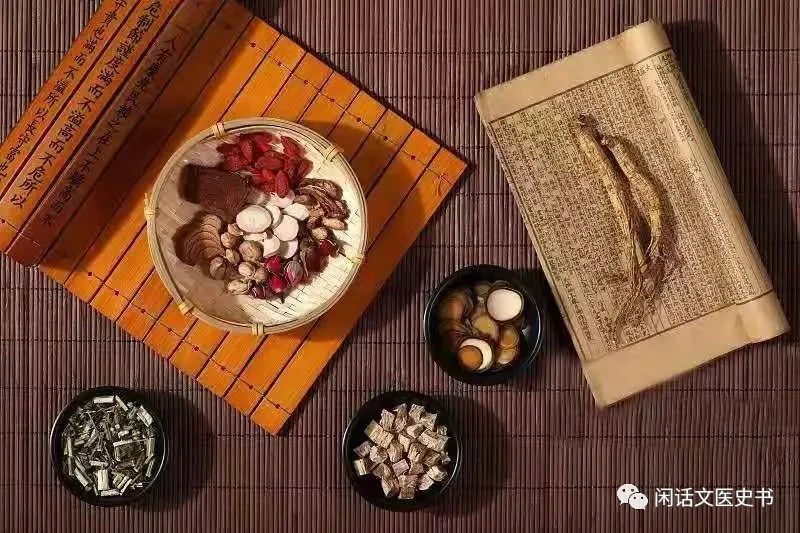
Timing for taking Chinese medicine Regarding the timing for taking Chinese medicine, a typical course lasts three months, meaning one should not take it for just ten days or half a month and stop if they feel no effect. We often say that getting sick is like a fierce tiger, while treating illness is like pulling silk. In reality, illness is a gradual accumulation process, and treatment may require a year, two years, or even longer. If emotions are good, diet is well-matched, and there are fitness methods, the duration of medication can be reduced. For example, a 50-year-old woman from Zhangdian, Zibo, Shandong, was diagnosed with lung cancer with brain metastasis in 2008, and her condition was complex, requiring an estimated three years of medication. I told her that combining Chinese medicine with Qigong could double the effect. She diligently took her medicine while practicing Qigong, and after a year and a half of adjustment, her lung cancer and brain tumor completely disappeared, and she remains healthy to this day. Understanding the above content can guide us on proper diet and how to take Chinese medicine, simply summarized as replenishing and draining. From today on, as we eat, we should have a general understanding of what to eat and what not to eat. A relative of mine had high blood pressure and accidentally caught a cold while drying grain in the hot summer. He took chili water, which led to a brain hemorrhage and unfortunately passed away. Consider that high blood pressure means excessive pressure in the blood flow, and hot summer weather can easily lead to increased blood flow. Chili is hot in nature, and combining these three factors led to such a tragedy, which is due to a lack of knowledge. Therefore, knowledge changes fate, and knowledge determines destiny; this is a practical saying that should become people’s actions. Physical and mental health begins with learning medical knowledge. Thank you all for listening! Wishing everyone health and happiness for the whole family!
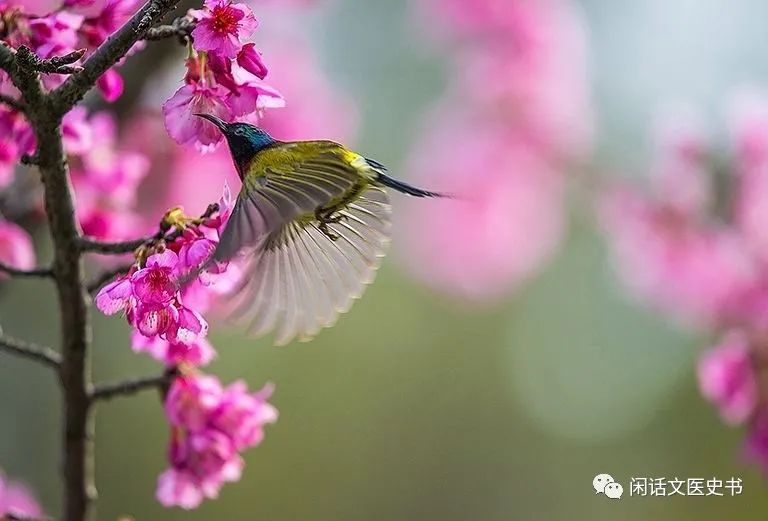
Huang Yanqiang, May 20, 2021

